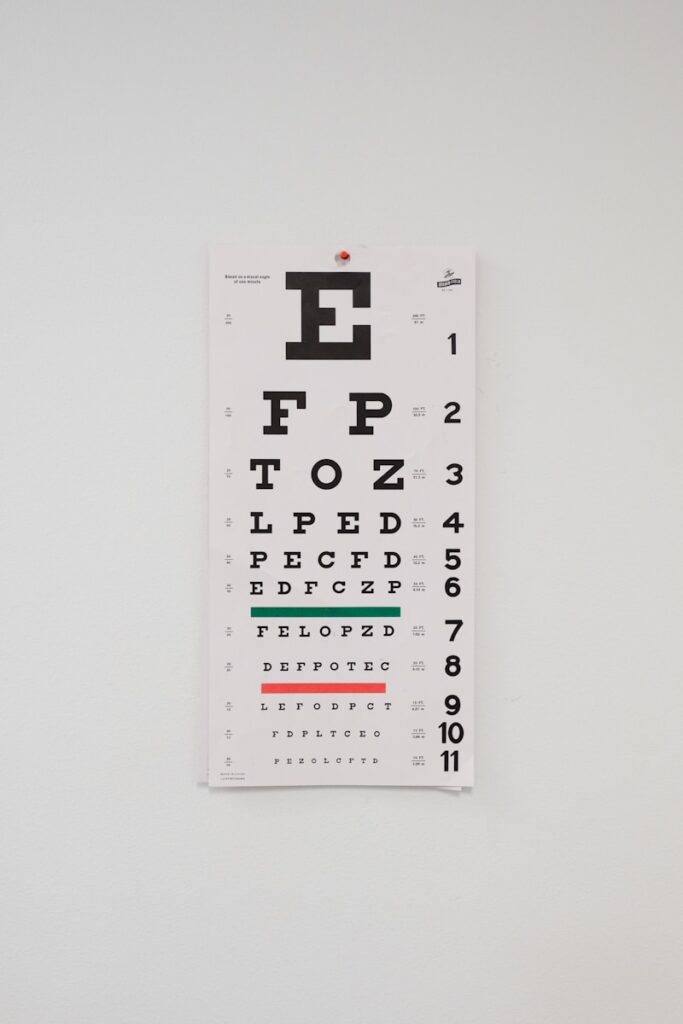What is LASIK?
LASIK (Laser-Assisted In Situ Keratomileusis) is a modern vision correction procedure designed to improve eyesight by modifying the cornea, the eye’s outermost layer. By addressing common refractive errors such as nearsightedness, farsightedness, and astigmatism, LASIK has helped millions regain clear vision. Those looking for precise information on LASIK in Portland, OR, often find detailed resources and success stories online.
The technique has revolutionized vision correction, offering a long-term solution to people who would otherwise rely on glasses or contact lenses. LASIK remains a top choice due to its effectiveness, relative ease, and the surprisingly quick recovery associated with the surgery. Technological advancements have improved LASIK, making it accessible and safe for a broad audience.
How LASIK Works
Using a femtosecond laser or a microkeratome blade, a flap is created on the cornea during the LASIK operation. The cornea is reshaped using a computer-guided excimer laser to improve light focus after this flap is raised to reveal the underlying corneal tissue. The excimer laser can make precise corrections, achieving the desired vision improvement. The flap then naturally adheres to the treated area as an organic bandage during healing. The laser treatment phase typically lasts less than a minute per eye, but preparation and follow-up steps can extend it to about 15 minutes. Ultimately, the decision to undergo LASIK ought to be decided upon following a comprehensive consultation with an expert in eye care who can offer personalized advice based on a thorough eye evaluation, such as eye care professionals at Tersigni Vision.
Benefits of LASIK
One standard option for eyesight repair is LASIK due to its high success rate, with over 95% of patients achieving 20/20 vision or better. It significantly reduces dependence on corrective lenses, offering newfound freedom and confidence for those relying on glasses or contacts. The recovery period is relatively short, allowing most individuals to return to normal daily activities within a few days, with many noticing an immediate improvement in vision. This makes LASIK an attractive option for busy lifestyles without prolonged downtime. Despite the initial high cost, LASIK has often been more cost-effective over the years due to the cumulative expenses of replacing glasses, contact lenses, and solution kits. The convenience of not dealing with glasses or contacts is another significant benefit.
Preparing for LASIK
LASIK surgery requires proper preparation to achieve optimal results. The first step is thoroughly examining the eyes, evaluating factors like age, eye health, and vision problems. Certain conditions, like severe dry eyes or thin corneas, may disqualify an individual. Following the eye care specialist’s guidance is crucial during this evaluation phase. It is recommended that patients give up wearing contact lenses for a designated period before surgery, as contact lenses can alter the cornea’s natural shape, potentially affecting the surgery’s outcome. It is essential for soft contact lens wearers, who may need to discontinue use several weeks before the procedure. This preparation guideline ensures the cornea returns to its natural state, allowing for more accurate measurements and successful surgery.
Medical Tourism Safety Tips That Could Save Your Life(Opens in a new browser tab)
What to Expect During the Procedure
The entire LASIK operation usually takes around fifteen minutes for both eyes. Patients remain awake during the surgery but receive numbing drops to minimize discomfort. The most significant part of the procedure is the laser treatment, which usually takes just a few minutes per eye. Understanding what to expect during LASIK eases concerns and prepares patients for the surgery day. Surgeons often recommend patients listen to soothing music or plan their favorite relaxing activity post-surgery to aid in relieving the procedure’s related anxiety and discomfort.
The corneal flap is created and lifted. Then, a computer-guided laser reshapes it to correct vision issues. The process is quick, often completed within seconds. The flap is then repositioned, bonding naturally and eliminating stitches. Patients rest before a final surgeon examination.
